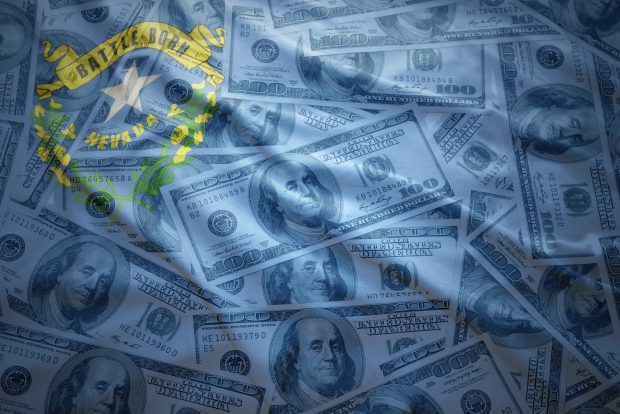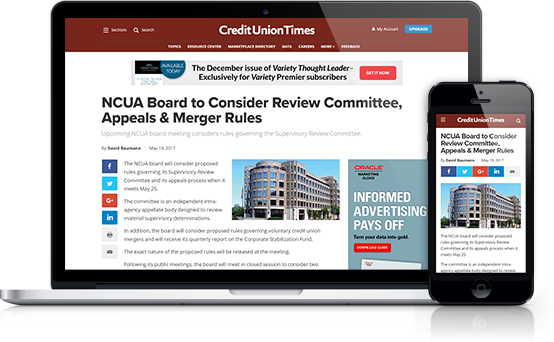 Tennis is a game of strategy. It also requires practice, knowledge and decisive execution. And Art Sookazian, a former professional tennis player, brought this same set of skills and intensity from the tennis court to the business world. As vice president of special services at the $884 million Los Angeles Federal Credit Union, he's using thoughtful strategy to oversee the collections department at the credit union.
Tennis is a game of strategy. It also requires practice, knowledge and decisive execution. And Art Sookazian, a former professional tennis player, brought this same set of skills and intensity from the tennis court to the business world. As vice president of special services at the $884 million Los Angeles Federal Credit Union, he's using thoughtful strategy to oversee the collections department at the credit union.
"I bring that intensity from the tennis court to the business world … I bring that strategy to the collections world," Sookazian, the most recent Trailblazers 40 below honoree, said. "How do we collect on these loans? What is our strategy going to be?"
Part of Sookazian's strategy is to analyze loans individually. Some members have been with the credit union for a long period of time and may miss a payment after falling on hard times while others may be higher-risk members with no significant relationship with the credit union. He emphasized the importance of recognizing risk and addressing these situations individually, noting that ultimately, it all goes back to strategy and approach.
Continue Reading for Free
Register and gain access to:
- Breaking credit union news and analysis, on-site and via our newsletters and custom alerts.
- Weekly Shared Accounts podcast featuring exclusive interviews with industry leaders.
- Educational webcasts, white papers, and ebooks from industry thought leaders.
- Critical coverage of the commercial real estate and financial advisory markets on our other ALM sites, GlobeSt.com and ThinkAdvisor.com.
Already have an account? Sign In Now
© 2024 ALM Global, LLC, All Rights Reserved. Request academic re-use from www.copyright.com. All other uses, submit a request to [email protected]. For more information visit Asset & Logo Licensing.









